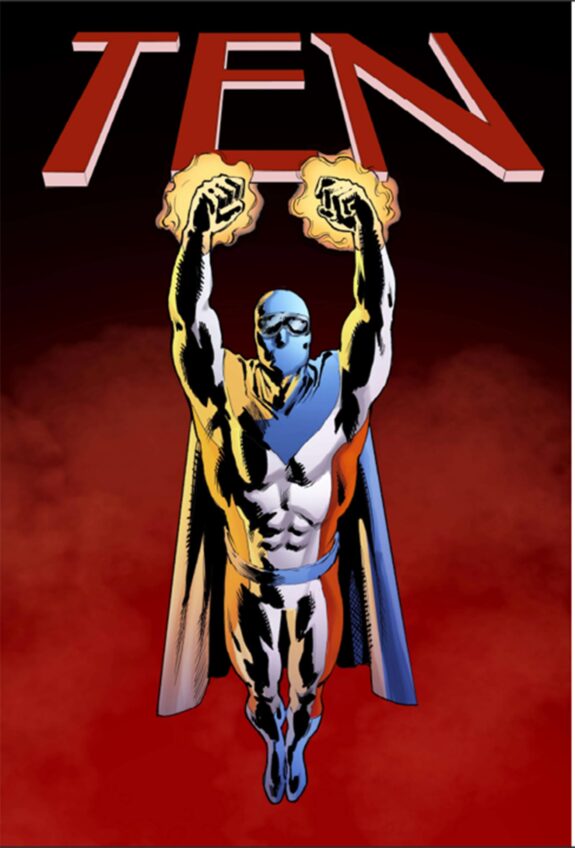The ICA Boston presents the U.S. debut of video artist Steve McQueen’s piece “Ashes” through Feb. 25, 2018. This stunning visual exploration follows the life of a carefree young fisherman named Ashes, and the unexpected and jarring fate that awaits him. McQueen layers the film with commentary on globalism, the economy and the way bodies can be defined and confined by history.
On the web
For more information about the “Ashes” exhibit at the ICA, visit: www.icaboston.org/exhibitions/steve-mcqueen-ashes
McQueen is known for his feature films “Twelve Years a Slave” and “Hunger.” But his personal artistic endeavors are equally, if not more, influential. The artist met the fisherman Ashes in 2002 in Grenada while filming another work and then, for many years, forgot about the brief footage he took of him.
“Ashes” projects onto two back-to-back screens in the dark, narrow installation room. One side features footage of Ashes on the water, in his element. Shot in grainy, lush 8 mm film, these projections are visual feasts. We see Ashes sitting on the prow of his boat, his lean back to us, his hair wild in the wind. His dark body bursts with vitality against the background of the rich blue sky and water.
The shots are simple in narrative content: he stands on the boat, he laughs and poses, he perpetuates his cycle of life in the small town where he lives. But every still bursts with life and energy, not only because of Ashes’ natural charisma, but because of the vibrant colors and rich natural landscape depicted.
The other side of the screen has a much more somber attitude. Shot eight years after Ashes’ death, in sharp, 16 mm film, the scenes show the meticulous creation of his gravestone and digging of his grave. Both screens are projected with one audio track, his friend narrating his life, his vitality and how he came to this last resting place. In a press statement McQueen said, “Life and death have always lived side by side, in every aspect of life. We live with ghosts in our everyday.” In this installation there is no way to see Ashes’ life without also experiencing his death.
McQueen in one way is analyzing in excruciating detail the work that goes into making a gravesite. He shoots the painstaking painting, digging and structuring the grave for the coffin to be lowered in. This documentarian approach raises more commentary on the circle of life. Creating Ashes’ grave is how these laborers make their bread and butter. His death is their life. In many ways, the film is not about his death, which isn’t even depicted. It’s a haunting recap of his life, played on loop. And the constant, reverse reminder that there’s only one way out, even from a life as vivacious as his.






